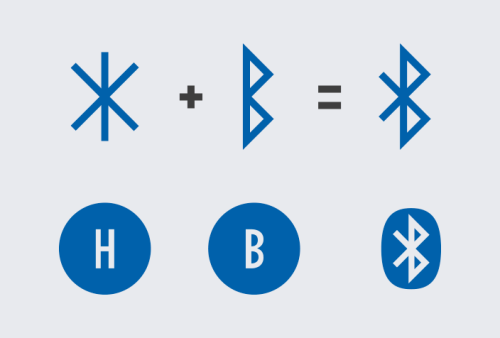By Rakesh Vallabh
Who would have ever thought that inside the IMU sensor is a piece of technology named after a king from over a millennia ago. I am talking about Bluetooth, named after King Harald “Bluetooth” Blaatand, a famous Danish king of the 10th century, who unified Denmark and Norway, relating to the beginnings of Bluetooth, bought about to unifying the telecommunication and computing industries. It doesn’t stop there though, the Bluetooth logo, the one you see on top of your phone when you are connected to your speaker or car, is actually Harald Bluetooth’s initials written in Scandinavian Rune. But now for bluetooth inertial measurement sensors in sport.

Today I am going to explain a little about the bluetooth inertial measurement sensors in sport. This is the technology we use in the IMU sensor to connect to it wirelessly. Bluetooth Low Energy. Or Bluetooth Smart. Or BLE. It has many interchangeable names, but one thing is for certain, it’s a popular and I believe, an underestimated technology. Introduced as part of Bluetooth 4.0 in 2010, it’s goal was to create a standard for the emerging IoT (Internet of Things) market. The intention was for these devices run for extended periods of time on very low power, sending small bits of data using very little energy, a departure from the enhanced data rates in Bluetooth ‘Classic’ that are used to stream audio/video and transfer files etc.
Even though both Bluetooth Classic and BLE use the same 2.4 GHz ISM band to transmit data and can share the same radio antenna, they are not compatible with each other. Recently, while helping a customer of ours connect an IMU to a laptop with Bluetooth dongle, and through later research, this manufacturer hadn’t created drivers for BLE, rendering it useless for this purpose.
All BLE devices adhere a Generic Attribute Profile (GATT). The GATT profile is a general specification for sending and receiving short pieces of data known as “attributes” over a BLE link. These profiles are used to discover devices with certain attributes or services, such as Blood Pressure Profile (BLP), Heart Rate Profile(HRP) and Running Speed and Cadence Profile(RSCP). A practical example is the Runkeeper app, which can connect to different heart rate monitors out in the market. The manufacturers don’t have to worry about who is consuming the data as long as the adhere to the international standard. Runkeeper, when developing, can build their app to the published specs to instantly get great benefit from adding that feature.
In case you are wondering, there is currently no standard profile or service published to connect and consume Inertial Measurement Data (3/6/9 Axis). There are many advancements in this area, as the BLE standard continues to be updated, the announcement of a low energy specification of WiFi called HaLow, as well as advancement in IoT that make this space truly exciting. We will keep you folks updated.




